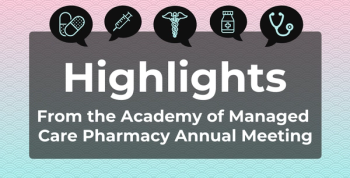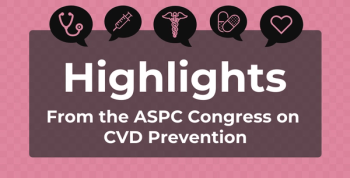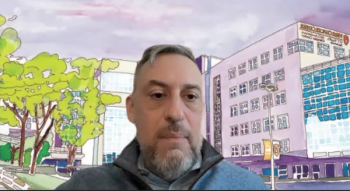
Rose Gerber's Outlook on the Evolution and Goals of COA'S CPAN
The Community Oncology Alliance (COA) is forging ahead with its COA Patient Advocacy Network (CPAN), says Rose Gerber, director of patient advocacy for COA. The network’s major focuses include increasing its presence and making it easier for community practices to get involved.
The Community Oncology Alliance (COA) is forging ahead with its COA Patient Advocacy Network (CPAN), says Rose Gerber, director of patient advocacy for COA. The network’s major focuses include increasing its presence and making it easier for community practices to get involved.
Transcript (slightly modified)
How do you expect COA’s Patient Advocacy Network (CPAN) to evolve?
We’ve built a fantastic foundation with CPAN. We have a national presence where we’ve partnered with a lot of national organizations. We’ve had a physical presence at state society meetings. We’ve definitely created awareness of who CPAN is. We’ve had success in building some state-based chapters at a lot of our community practices, but now to go forward, we’re referring to ourselves now as CPAN 2.0.
What we’re doing is we’re really going to embrace social media going forward. We’re going to try to standardize more events, make it easier for our practices to get involved. We do recognize that not every community practice has the resources or the bandwidth to actually start a CPAN chapter, so we’re offering many different ways for individuals to get involved in what we’ll term CPAN Light. So, there might be an opportunity for an individual to get involved, or an entire practice.
We’re really going to be pulling a lot of resources in. A very significant partnership will be with the IM Community Oncology Campaign, so as you may know, this is a very important initiative for COA, and CPAN is going to be a big part of that. It will have certain features, like we will have COA TV in a lot of our community practices. We’ll have features like the Cancer Policy Minute, and as we’re doing that, at the same time, we’ll be building our CPAN base and we’re using the term “army of advocates,” because that’s really what we’re trying to do.
What are the short-term and long-term goals for CPAN?
The short-term goal is to get more chapters involved, to really demonstrate the value, what is the value of CPAN. When I get asked that question, I say, “Your patients can be a voice for you. They can be your advocate.”
The long-term goal is to hopefully have some type of recognition in as many states as possible. Unfortunately, there’s never going to be a CPAN presence in all 50 states because there’s not community oncology in all 50 states. We’re hoping to be as inclusive as possible and to continue to grow so that every cancer survivor has the education to advocate for the preservation of community cancer care.
Newsletter
Stay ahead of policy, cost, and value—subscribe to AJMC for expert insights at the intersection of clinical care and health economics.







































